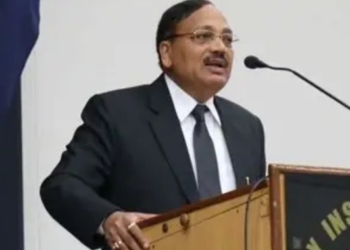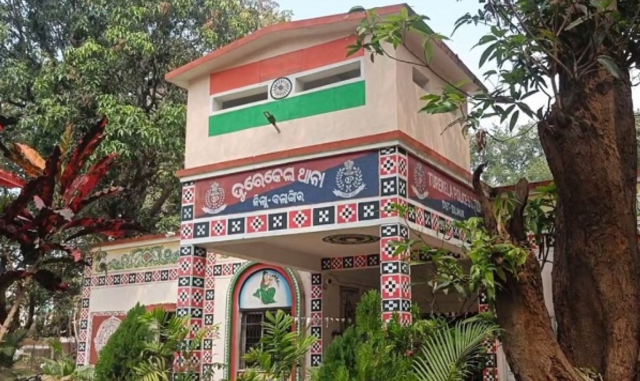Odisha Chief Minister Mohan Charan Majhi today distributed appointment letters to 964 newly selected candidates across five government departments.
The Odisha government, under the leadership of the Chief Minister, organised an employment drive at OUAT’s Agriculture Education Hall. The initiative successfully filled 964 vacancies across five key departments, marking another step toward fulfilling the government’s commitment to state development.
Since the new administration took charge, over 28,346 individuals have secured government jobs, while 45,000 have been placed in private sector roles.
The Chief Minister emphasised the importance of harnessing youth potential for Odisha’s welfare, stating, “We prioritise utilising the strength, capability, and enthusiasm of our youth for the state’s progress and social welfare.”
The employment drive targeted five government departments, filling roles such as Junior Engineers, Enforcement Officers, Tracers, Legal Metrology Inspectors, and Junior Accountants. The breakdown of positions includes:
-
Public Works Department: 563 posts
-
Water Resources Department: 62 posts
-
Panchayati Raj and Drinking Water Department: 117 posts
-
Housing and Urban Development Department: 204 posts
-
Food Supply and Consumer Welfare Department: 18 posts
The Chief Minister stated, “In recent years, the recruitment process in the government sector has been sluggish. Since our government took office, we have made significant strides in creating employment opportunities, prioritising the hiring of youth in both the government and private sectors. Our government is committed to filling 150,000 government positions over the next five years, with 65,000 posts to be filled in the first two years. So far, we have successfully filled 28,346 government positions, marking a historic achievement. By June 2026, we expect to exceed our target of 65,000. Additionally, at the private sector level, we employed 45,000 young people in the first year. Overall, in just one year, we have created jobs for 73,346 individuals across both the government and private sectors.”


































